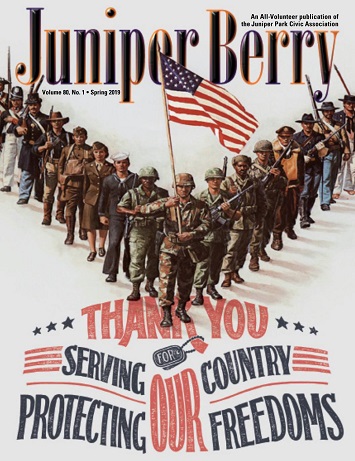After being dead and forgotten for several years, the Steinway Tunnels were resurrected. On April 13, 1913, the City of New York purchased the tunnels from August Belmont as part of a supplementary agreement to the famous Dual Contracts of March 19, 1913. These contracts were negotiated by the PSC between the IRT and BRT (later BMT) for the construction of new subways and the extension of existing lines. The Steinway Tunnels were placed under IRT operation.
A rapid transit operation was chosen over trolley operation. The tunnels were measured and only slight modifications were needed to allow for the third rail and shoe clearances. It was questionable whether the standard IRT car would operate efficiently on the high tunnel grades which were higher than elsewhere on the IRT. A revised type of car was designed and called “The Steinway.” The Steinway was a motor car, identical in appearance to the standard IRT car but was lighter and had different motor gearing.
Initial Run
On June 22, 1915, the official ceremonies were held at the Jackson Avenue station with a speech being made by Belmont. This had been preceded by a train arriving from Grand Central carrying several officials with the actual run being a 4-car train leaving Jackson Avenue at noon. The running time was one minute and 55 seconds. H.L. Parsons was the motorman. The official name of the line was the Queensboro Subway” at the behest of the Queensboro Chamber of Commerce.
Astoria, Flushing and Times Square
The Queensboro Subway was extended to a new station at Hunters Point Avenue, slightly east of the Van Alst (21st Street) trolley station. The trolley station was removed and no trace of it remains. At Hunters Point Avenue, a new portal and ramp were built, connecting to a 2-track steel elevated structure. The structure led to a large 8-track, bi-level junction called Queensboro Plaza, which was reached November 5, 1916.
At Queensboro Plaza, IRT subway trains were joined by BRT (later BMT) subway trains, as well as Second Avenue elevated trains coming off the Queensboro Bridge. Two elevated lines were extended from Queensboro Plaza: one reached Ditmars Blvd. Astoria, Feb 1, 1917 and the other reached Main Street, Flushing January 21, 1928. Meanwhile, the Queensboro Subway was extended west under 42nd Street reaching Times Square March 14, 1927.
The terms of the Dual Contracts specified join IRT and BRT (later BMT) subway service from Queensboro Plaza to Astoria and Flushing. IRT Queensboro Subway trains alternated between Astoria and Flushing (now No. 7) IRT Second Avenue el service served Astoria and Flushing until the Second Avenue el was torn down in 1942. BRT (later BMT) subway trains terminated at Queensboro Plaza. The BRT provided shuttle service from Queensboro Plaza to Astoria and Flushing using the wooden ‘el’ cars, which were the same width as IRT subway cars.
City Takeover
In 1940, the city took over the IRT and BMT subway systems and now owned and operated (including the city built and operated IND or Independent Subway), all three major NYC subway systems. In 1949, all joint IRT and BMT joint service ended. Astoria is now exclusively served by BMT trains, and Flushing by IRT No 7 trains. IRT trains use numbers and BMT/IND trains use letters. IRT, BMT and IND subways are now all part of the MTA.
Epilogue
On Sept 17, 2015, the No. 7 line extended its run to 34th Street and 11th Ave – Hudson Yards, near the Jacob Javits Convention Center. This state of the art terminal features beautiful murals and an open air plaza entrance.




